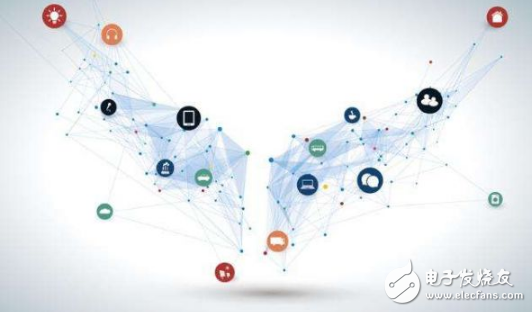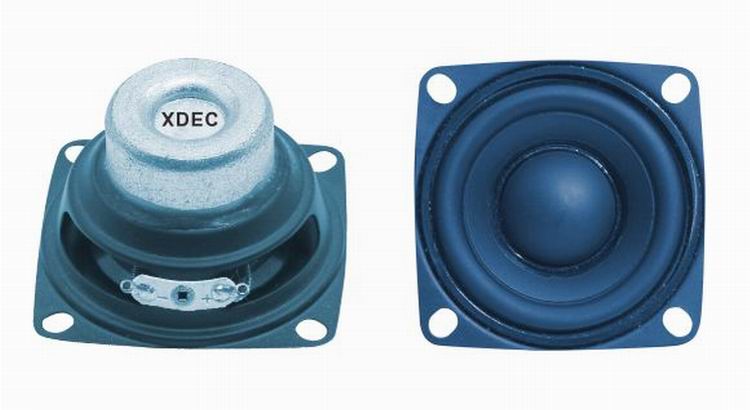In the development of the Internet of Things, artificial intelligence will be the necessary technology, and edge computing technology is also indispensable. Intel has used artificial intelligence in the field of edge computing. Intel believes that only the common development of the two, the Internet of Things can usher in a new machine.
At this time last year, six of the industry's top companies or organizations, including Huawei, Intel, and ARM, established the Edge Computing Alliance in Beijing. According to reports, after only one year of development, it now has 154 member units, including leading companies from the smart manufacturing, smart cities, energy and power and ICT industries, as well as research institutes and universities in related fields.

"From my judgment of the whole technology trend, there are two very important points in the development of the Internet of Things: one is edge computing and the other is artificial intelligence. We believe that the synergy between these two aspects will promote the entire IoT technology in the future. Rapid development, and finally realize the three stages of the development of the Internet of Things, from interconnection to intelligence, from intelligence to autonomy." This is November 30 this year, at the second Edge Computing Industry Summit, Intel China Internet of Things Division Chief Technology Officer Zhang Yu expressed his views on the reporter.
Also at this time last year, six of the industry's top companies or organizations, including Huawei, Intel, and ARM, established the Edge Computing Alliance in Beijing. According to reports, after only one year of development, it now has 154 member units, including leading companies from the smart manufacturing, smart cities, energy and power and ICT industries, as well as research institutes and universities in related fields.
"Edge computing", as its name suggests, emphasizes the computing power of the local and terminal side. In fact, earlier, the industry believes that the future technology will be carried out in the cloud, and the terminal side is more responsible for collecting and transmitting data. However, in the last two years, people once again realized that the terminal side still needs strong enough and efficient calculations to achieve true intelligence.
It is also a point to see that Huawei, Intel, ARM and other industry leaders have launched the "Edge Computing Alliance". Each of them separately shares industry application domains, data domains, network links, sensors, chips, and industrial manufacturing according to the division of labor. Among them, Intel is a core member, and it is the only one that has an end-to-end total solution provider's role in the alliance.
At the summit, Intel showed the main results of the past year. Among them, one of the most interesting products is Intel and Shenyang Institute of Automation to show the edge computing test bed - intelligent robot. It is reported that the purpose of this robot is to verify the working effect of machine learning based on deep learning in the actual system. The system implements 3D video capture with Intel® RealSenseTM technology. The detection and recognition of objects based on the Intel Xeon platform will control the robot's arm to complete the object grabbing operation.
As can be seen from this scenario, Intel has applied artificial intelligence technology to the field of edge computing. Edge computing + artificial intelligence is also a hot topic in this conference.
In the theme of the summit, Dr. Zhang Yu, Chief Technology Officer of the Intel China Internet of Things Division, explained the intelligence of the network edge. He said that the realization of intelligence at the edge of the network is one of the key links to control the data torrent, and is also an important trend in the future development of the Internet of Things. With the rapid development of artificial intelligence, massive data needs to analyze and extract insights quickly and efficiently, which greatly enhances the need for edge computing.
When talking about the company's advantages, Zhang Yu said that Intel can provide an end-to-end, industry-leading artificial intelligence full-stack solution, including: Xeon processor, Xeon Phi processor, Intel® NervanaTM nerve Leading and complete hardware platforms such as network processors and FPGAs, networking and storage technologies, as well as a variety of software tools and libraries to optimize open source frameworks. It's worth mentioning that for edge computing, how to balance power and computing power, with Movidius's leading single-watt computing power, Intel can provide the industry with low-power, high-performance edge computing solutions. .
Compared with the unified solution of the PC market, the form of the Internet of Things is very strange and involves all walks of life. Subdivision and vertical are the strategies to solve the problem. In Intel's view, edge computing and artificial intelligence technology are also optimized according to the characteristics of different industries.
At present, the focus of Intel's IoT sector in China is in the four areas of security and surveillance, retail, transportation, and industry. According to different industry characteristics, Intel also launched different programs. For example, security and surveillance companies such as Haikang and Dahua have introduced Intel's Movidius products, which can perform real-time face detection and human flow detection on the front end.
Zhang Yu said that artificial intelligence is a relatively common technology, but when it is really used in the vertical industry, each vertical industry has its own specific needs. Because the usage scenarios are different, the characteristics of the objects to be detected are different, so here There are specialized algorithms that are specifically optimized for user scenarios. In addition to providing general-purpose chips, Intel is also working with partners in many vertical industries to develop new technologies based on the needs of specific vertical industries.
From the perspective of this edge computing industry summit, Intel's proposed edge computing overlay artificial intelligence has become a consensus in the industry. Through the combination of debut technology, it will provide truly differentiated products for various vertical industries. This will also accelerate the arrival of the intelligent era of the Internet of Things.
Projector speaker:
Projector speaker is a kind of speaker unit which is used for multimedia devices. Projector speakers have loud sound, wide frequency response range and rich bass.
Our main Multimedia Speakers are full ranges speakers units:
1) From the diameter: we have speakers in 1" ~ 3".
2) From the power output, we have speakers of 2W ~ 15W.


FAQ
Q1. What is the MOQ?
XDEC: 2000pcs for one model.
Q2. What is the delivery lead time?
XDEC: 20 days for normal orders, 15 days for urgent orders.
Q3. What are the payment methods?
XDEC: T/T, PayPal, Western Union, Money Gram.
Q4. Can you offer samples for testing?
XDEC: Yes, we offer free samples.
Q5. How soon can you send samples?
XDEC: We can send samples in 3-5 days.
Projector Speaker,Mini Projector Speaker,Portable Projector Speaker,Column Projector Speaker
Shenzhen Xuanda Electronics Co., Ltd. , https://www.xdecspeaker.com